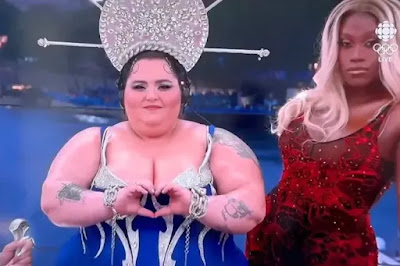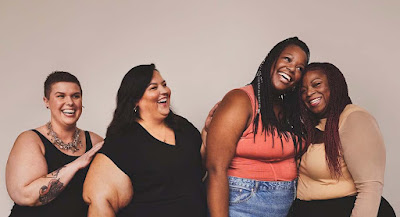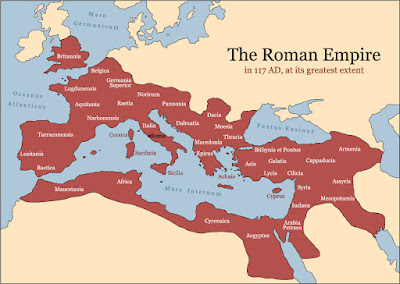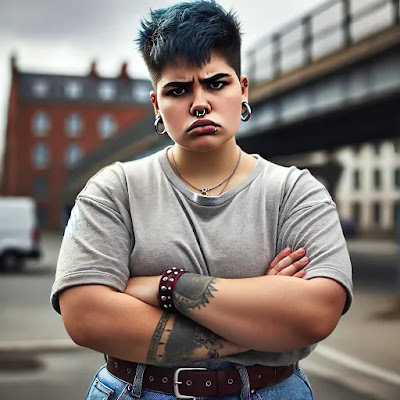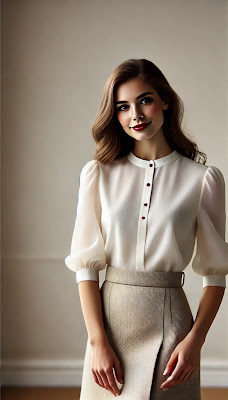After today's post, I'm going to get into the revelations I've had regarding romance while writing Arthurian fiction. In the meantime, let's talk about parasites when it comes to sex, Sex, SEX!
No, not those kinds of parasites! Get your mind out of the gutter!
I've heard podcasters yap about this conspiracy or that one wherein some organization or industry is secretly plotting to make us all unhappy, poor or degenerate. I'm not a big one for conspiracies as they require more intelligence to pull off than is generally available.
When it comes to our current topic of how our modern culture has damaged the foundations of romance making women unhappy and men indolent, there is plenty of blame spread around. Here's my take on the parasites who are feeding off of our cultural rot.
Opportunistic Parasites
These are the ones who don't really care when happens to romance, but have found a way to profit from its demise.
Big Pharma. There's no question that Big Pharma is making money off of depressed women. The more depression, the more demand there is for anti-depressants. Having said that, they really don't have direct influence on the cultural components that support romance. Yes, they also make money off of puberty blockers and wrong-sex hormones, but again, that's just taking advantage of opportunities. I've not seen any direct marketing from them that raises suspicions about anything more serious than that.
Universities. More students means more money. More women chasing careers instead of marriage and motherhood means more students. It's pretty straightforward, but having said that, I don't see the administrations having a direct say in the way the culture bends. Yes, they absolutely are the petri dish where this hideous cultural mutation grew, but I don't think it was a deliberate effort to make more money.
Big Business. They are benefitting from single women in the workforce as both employees and customers. They certainly lean in to the whole lean in movement, encouraging the women in their employ to avoid pregnancy and pursue career advancement, but they're doing little more than carrying water for the feminists. It might be more accurate to suggest that the feminists coming out of the universities have been allowed to infest their HR departments and push the anti-romance agenda.
Direct Parasites
Porn. The porn industry knows what it's doing and doesn't care. It is smashing a whole generation of men and making boatloads of cash off of it.
Feminist activists. Bitter, unhappy women who hate men are the headwaters of the movement. This goes back to my previous post in this series.
Women are sabotaging other women. Modern feminism is the work of angry, bitter women who don't think they're going to get a man of their own making sure that other women won't, either and if they do, the men will be lousy. "If we're going to live in painful loneliness," they say, "you will, too."
Women are competitive, but their competition runs towards social undercurrents. Men fight, women scheme, plot and sabotage.
Think about what we've seen in this series of blog posts. It's all about equalizing the playing field for angry, ugly, bitter, lazy women by dragging all women down to their level.
The Democratic Party. Republicans beat the Democrats with married men, married women and unmarried men. Unmarried women vote for the Democrats 70% of the time. The Democrats are completely dependent on unmarried women. They absolutely know this and act on it all the time. Witness the recent "White Dudes for Kamala" struggle sessions where a bunch of low-testosterone simps whimpered about how hard it is to be a woman and even worse, a woman of color. All they did was feed into the victim narrative for unmarried women.
There are probably more, but I think that's a decent roundup. Next, we will get into what really interested me about this whole topic.
I could not make a romance story work when I took away certain elements.
Other Posts in this Series
Recapping recent blog posts, here's where we are so far:
- Classically beautiful and feminine women are a rarity these days.
- Romance is founded upon the biological differences between women and men. The more you deny and minimize those, the less romance you will have.
- Whatever cultural changes we've been making, they are in opposition to evolution and are not driven by natural, Darwinian forces.
- Our younger generations are less happy, more lonely and deeper in debt.
- We are told to believe that ugly is beautiful.
- We aren't just denying sexual reality, we are fighting against it.
- Young women are being deeply injured by this.
- Many of our institutions have become incompetent because of this.
- There isn't a government solution for it.
- Angry, bitter women are sabotaging the lives of other women.
- The effort to spread the acceptance of sexual degeneracy is harming romance.
- We are all being harmed by the cultural shift away from romance.
- The changes in our culture are not hypersexual, they are hyposexual.
